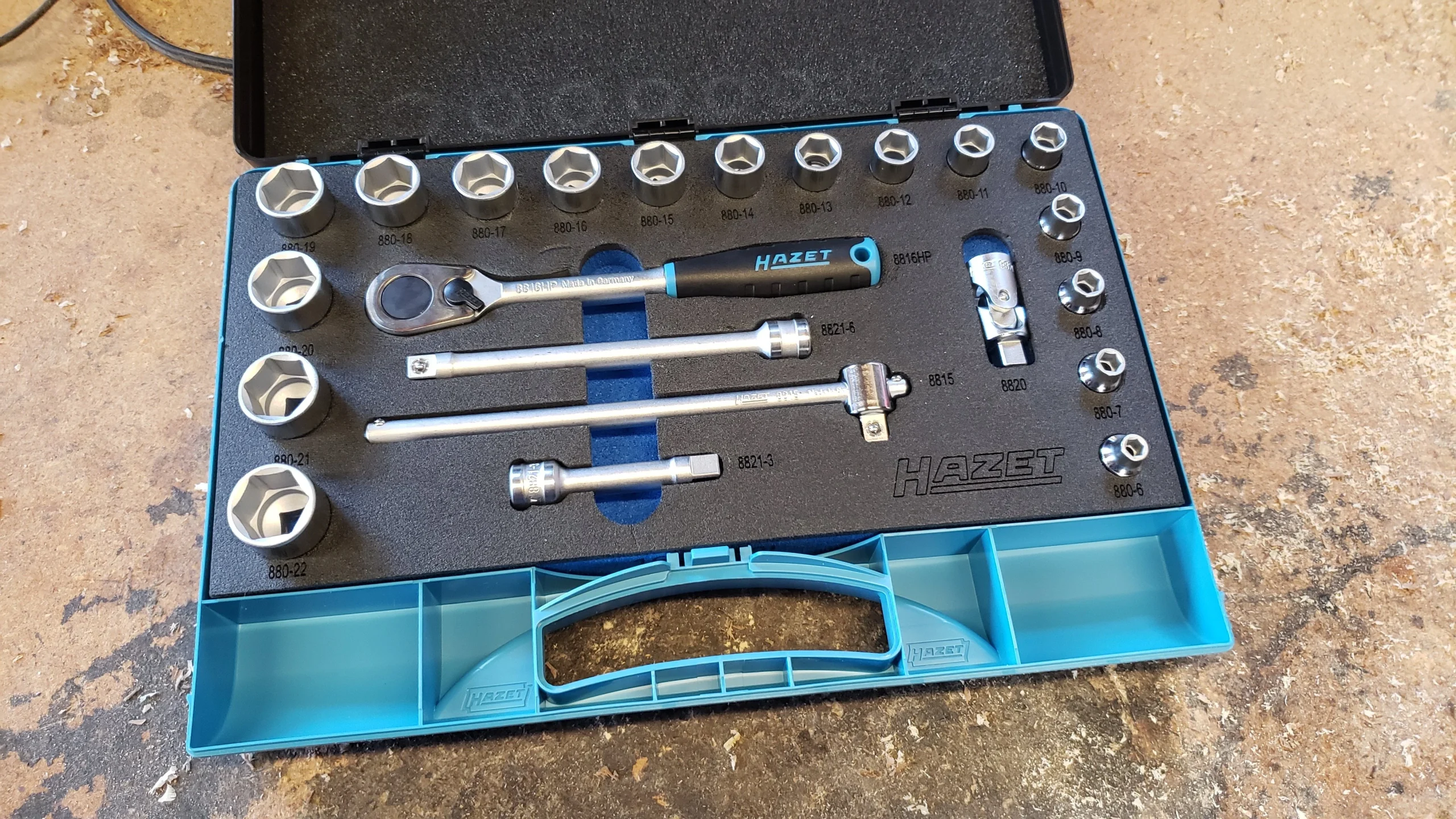In today’s fast-paced industrial environment, the importance of a robust safety culture cannot be overstated. Organizations are increasingly recognizing that compliance with safety regulations is just the starting point. To truly enhance workplace safety, companies must invest in comprehensive Safety Culture Improvement strategies. St. George Industrial Safety Consultant emphasizes that a proactive approach to safety culture can lead to significant reductions in workplace incidents, improved employee morale, and enhanced productivity.
Understanding Safety Culture Improvement
Safety Culture Improvement is not merely about adhering to regulations; it involves fostering an environment where safety is prioritized at every level of the organization. This means creating a culture where employees feel empowered to speak up about safety concerns, where management actively participates in safety initiatives, and where continuous learning is encouraged. St. George Industrial Safety Consultant advocates for a holistic approach to safety culture, one that integrates safety into the core values of the organization.
The Role of Leadership in Safety Culture Improvement
Leadership plays a pivotal role in shaping the safety culture within an organization. When leaders prioritize safety, it sets a tone that resonates throughout the company. St. George Industrial Safety Consultant suggests that leaders should not only communicate the importance of safety but also demonstrate their commitment through actions. This includes participating in safety training, conducting regular safety audits, and being visible in safety discussions. By leading by example, management can inspire employees to adopt a safety-first mindset.
Engaging Employees in Safety Culture Improvement
For Safety Culture Improvement to be effective, employee engagement is crucial. Employees are often the first line of defense when it comes to identifying potential hazards and suggesting improvements. St. George Industrial Safety Consultant recommends implementing programs that encourage employees to take an active role in safety initiatives. This could include safety committees, suggestion boxes for safety improvements, or regular safety meetings where employees can voice their concerns and ideas. When employees feel that their input is valued, they are more likely to take ownership of safety practices.
Training and Development for Safety Culture Improvement
Training is a fundamental component of Safety Culture Improvement. It is essential that employees receive ongoing training that goes beyond basic compliance. St. George Industrial Safety Consultant emphasizes the need for tailored training programs that address the specific risks and challenges of the workplace. This could involve hands-on training, simulations, or workshops that focus on real-life scenarios. By investing in comprehensive training, organizations can equip their employees with the knowledge and skills necessary to maintain a safe work environment.

Continuous Improvement and Feedback Loops
Safety Culture Improvement is an ongoing process that requires continuous evaluation and adaptation. Organizations should establish feedback loops that allow for regular assessment of safety practices and culture. St. George Industrial Safety Consultant advises conducting regular safety audits, employee surveys, and incident investigations to gather data on safety performance. This information can then be used to identify areas for improvement and to develop targeted strategies that address specific safety concerns.
Celebrating Safety Achievements
Recognizing and celebrating safety achievements is an important aspect of Safety Culture Improvement. When organizations acknowledge the efforts of employees in maintaining a safe workplace, it reinforces the importance of safety and motivates others to follow suit. St. George Industrial Safety Consultant suggests implementing recognition programs that highlight individuals or teams who have made significant contributions to safety. This not only boosts morale but also fosters a sense of community and shared responsibility for safety.
The Long-Term Benefits of Safety Culture Improvement
Investing in Safety Culture Improvement yields long-term benefits that extend beyond compliance. Organizations that prioritize safety often experience lower accident rates, reduced insurance costs, and improved employee retention. St. George Industrial Safety Consultant points out that a strong safety culture can also enhance a company’s reputation, making it more attractive to potential clients and employees. Ultimately, a commitment to safety is not just a legal obligation; it is a strategic advantage that can drive business success.
Conclusion
In conclusion, Safety Culture Improvement is a vital aspect of modern industrial operations that goes far beyond mere compliance. By fostering a culture of safety through leadership engagement, employee involvement, tailored training, continuous improvement, and recognition of achievements, organizations can create a safer and more productive work environment. St. George Industrial Safety Consultant emphasizes that the journey towards a robust safety culture is ongoing, but the rewards are well worth the effort. Embracing Safety Culture Improvement is not just a choice; it is a necessity for sustainable success in today’s competitive landscape.




